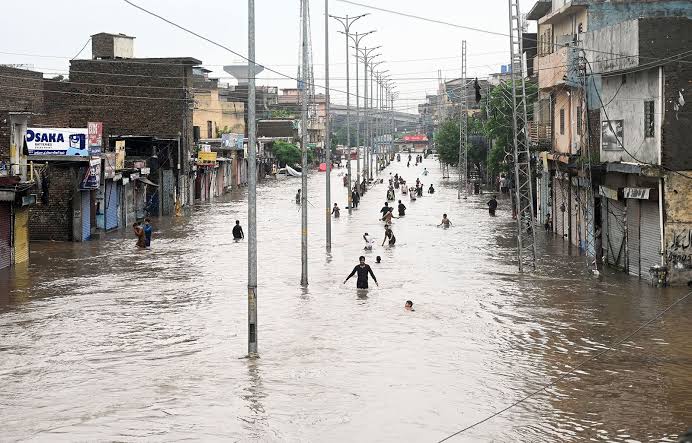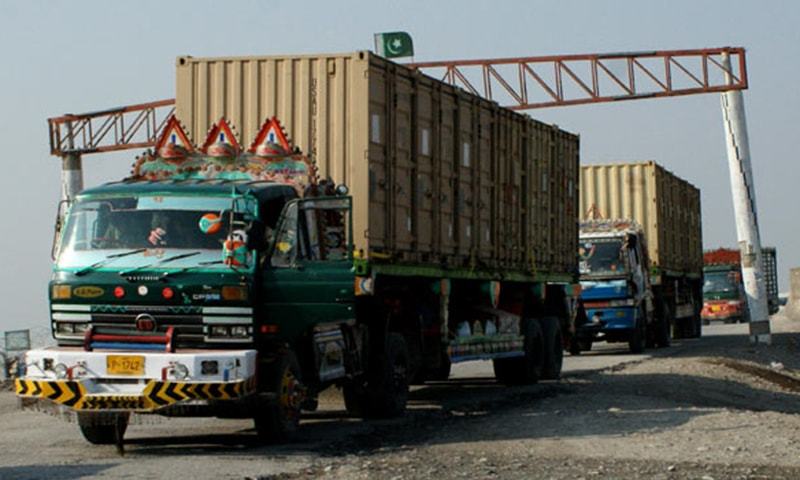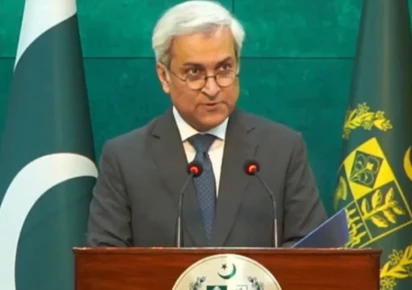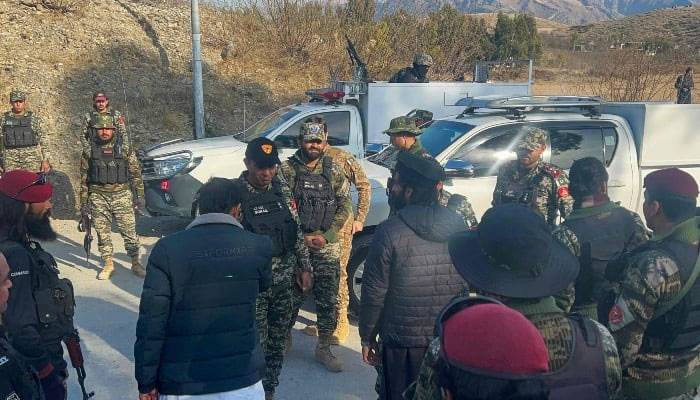Torrential monsoon rains continue to batter Pakistan, pushing the nationwide death toll to 252, according to the National Disaster Management Authority (NDMA). Ten more fatalities were reported on Wednesday alone. The devastation is widespread, with landslides and flash floods causing significant damage and leaving thousands stranded.
Punjab province has been hardest hit, reporting 139 deaths and 477 injuries. Other provinces have also suffered significant losses: Khyber Pakhtunkhwa (60 deaths), Sindh (24 deaths), Balochistan (16 deaths), Islamabad (6 deaths), Gilgit-Baltistan (5 deaths), and Azad Jammu and Kashmir (2 deaths).
The majority of deaths (143) resulted from collapsing houses, with flash floods (41), drowning (36), lightning strikes (13), electrocution (12), and landslides (4) accounting for the remaining fatalities.
One particularly tragic incident occurred at Babusar Top, where a cloudburst triggered a deadly flash flood. Five people perished, including four tourists and Dr. Mishal, who attempted to rescue a three-year-old boy. Fifteen others remain missing. The disaster has also closed the Karakoram Highway, stranding numerous travelers.
Urban flooding has impacted multiple cities in Punjab, including Jhelum, Attock, and Hafizabad, where residents were forced to evacuate due to rising river levels. Lahore experienced 108mm of rainfall, overwhelming drainage systems. Similar challenges are being faced in Azad Kashmir, where flash floods and landslides have disrupted access in several areas. In Islamabad, a father and son are still missing after being swept away in a flash flood.
Prime Minister Shehbaz Sharif has expressed his condolences and instructed authorities to accelerate rescue efforts, focusing on reopening the Karakoram Highway and Babusar-Chilas routes, and providing shelter and food for displaced individuals. Despite their own hardships, residents in Diamer affected by the Babusar Thak Nala flood have actively participated in rescue operations.







